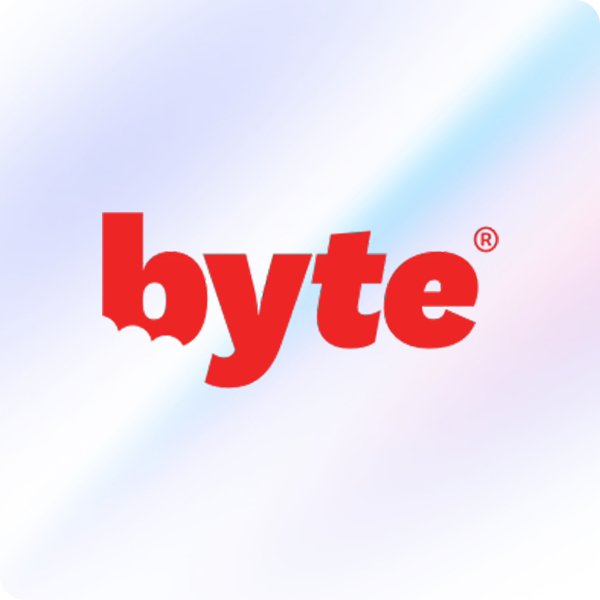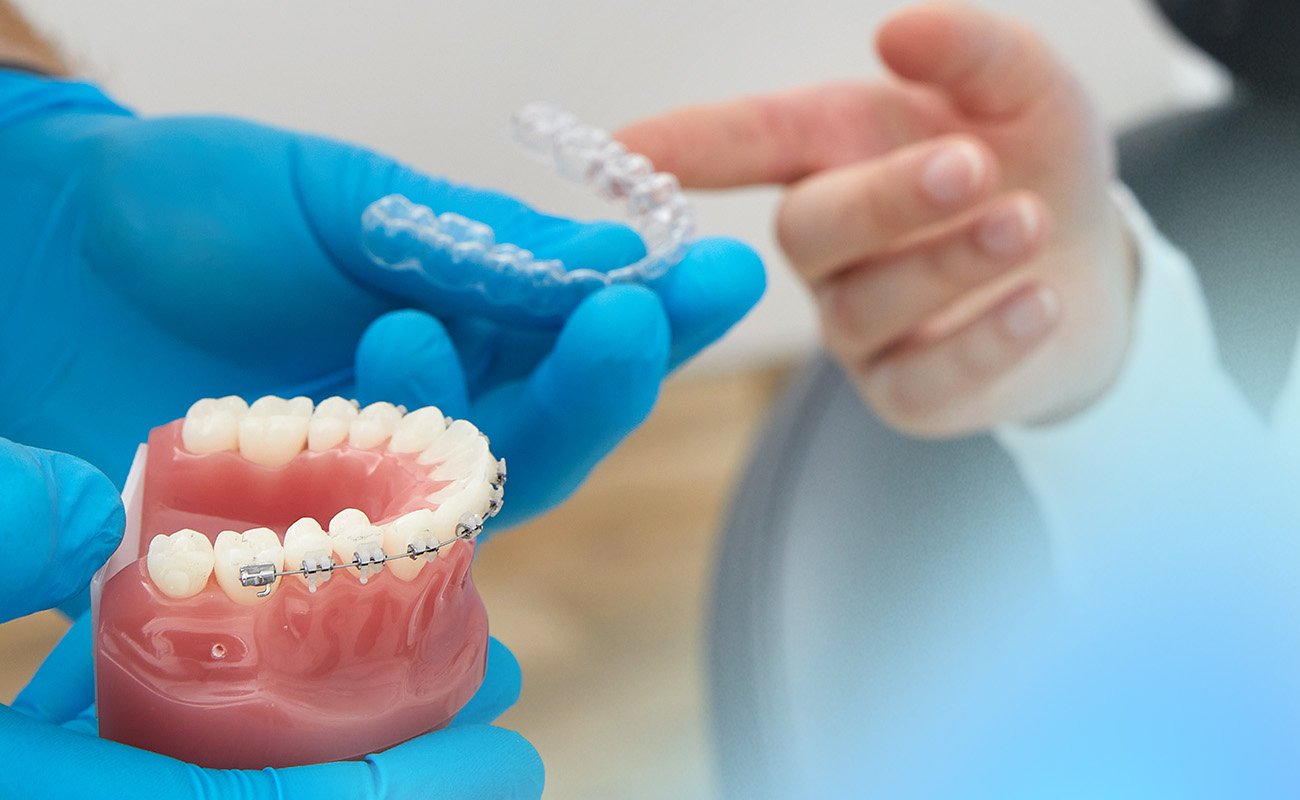Clear aligners and Invisalign are popular alternatives to traditional braces for those looking to straighten their teeth. Clear aligners are removable and almost invisible when worn, unlike traditional braces that use brackets and wires. And Invisalign is the most recognized brand of clear aligners which is available in over 100 locations worldwide.
If you’re considering Invisalign or clear aligners from other providers, this clear aligner vs Invisalign comparison will help you understand the main differences between the two, along with their pros and cons, pricing, and other important factors to consider. Whether you prioritize affordability or effectiveness, this article will provide valuable insights to help you make an informed decision.
Pros and Cons of Invisalign
Like any treatment, Invisalign has its own set of pros and cons to consider before choosing it as an option for achieving straighter teeth.
PROs
- Invisalign aligners are almost invisible and come with no food or dietary restrictions that more traditional types of treatments like clear or metal braces do.
- Brushing and flossing are also much easier with Invisalign as the aligner can be removed when eating or cleaning the teeth, which means all parts of your mouth are accessible.
- Invisalign patients are still required to attend orthodontist appointments during their treatment but these are on average every 10 to 12 weeks versus 6 to 8 weeks when being treated with traditional braces.
- The aligners are made from a smooth plastic material that is gentle on the gums, cheeks, and lips, ensuring that they will not cause irritation, sores, or injury, unlike traditional braces.
- The only system (Invisalign First) that is available for children aged 6-10.
- Invisalign is effective for a broad spectrum of dental issues.
CONs
Despite the pros, there are also some cons when it comes to using Invisalign.
- Invisalign is typically more expensive than other types of orthodontic treatment options mainly because it can only be ordered from a dentist directly with regular dentist appointments occurring during the treatment.
- Patients must also have a high level of self-discipline as they will need to keep their Invisalign in for 22 hours each day and must remember to put them back in after meals, teeth cleaning, and other activities, such as sports.
- When it comes to treating mild-to-moderate misalignments, Invisalign is a good solution. However, those with more severe malocclusions may need other solutions for a better outcome.
- The treatment necessitates regular check-ups at a dental office, which might not suit those looking for an entirely remote orthodontic solution.
See our review of Invisalign.

Source: https://drjacquiesmiles.com/
Pros and Cons of Other Clear Aligners
Other clear aligner brands also offer a range of advantages and disadvantages that should be considered before deciding on an orthodontic treatment option.
PROs
- The cost of other clear aligner brands is substantially cheaper than traditional options and Invisalign, making them a much more affordable option for patients. You are also much more likely to get promotional pricing offers with these clear aligner brands.
- There is a much bigger choice with several large brands offering different styles of aligners that offer quicker treatment times or customizations to cater to patients’ needs.
- The majority of large branded aligner companies offer at-home impression kits which means all of the treatment can be done without the need for any physical orthodontist appointments, which saves both time and money.
- The majority of clear aligner brands, such as Byte, and New Smile, use a high-quality medical-grade plastic material in their aligners that is comparable in quality to the material used in Invisalign.
See our article: Can Dental Impressions Pull Teeth Out?
Worth Knowing
According to the survey, the majority of respondents chose Direct-to-Consumer (DTC) aligners primarily for their affordability and convenience.
CONs
- Several low-quality, no-name clear aligner brands on the market do not meet the same safety and quality standards as reputable brands like Invisalign, or Byte. These low-quality options may be cheaper, but they may not provide the same level of effectiveness or safety, and may even cause harm or damage to the teeth and gums.
- As with Invisalign, clear aligners are not suitable for everyone and are best suited to people with mild misalignment issues. People with more severe issues are better off sticking with more traditional methods such as braces.
Like any orthodontic treatment option, it’s important to weigh up the pros and cons with an experienced orthodontist to determine the best option to achieve your specific goals.
Clear Aligner Vs Invisalign – Main Differences
Clear aligners are a popular orthodontic treatment option for those looking to straighten their teeth. Invisalign is the most well-known brand of clear aligners, but there are also other clear aligner brands available on the market. While some of these brands may have similar features to Invisalign, there are notable differences.
Material Used
One major difference between Invisalign and other clear aligners is the material used in the aligners. Invisalign uses a proprietary material called SmartTrack, which is specifically designed to provide a better fit and more precise tooth movement. While other brands, such as Byte, provide an equally effective high-quality BPA-free plastic alternative that can appear more invisible, many dental professionals still consider the Invisalign version to be of superior quality.
Price
Another factor that sets Invisalign apart from other clear aligner brands is its price point. Invisalign is generally more expensive than other brands due to the advanced technology and customization options that it offers. For example, Invisalign aligners can come with attachments and small tooth-colored buttons that help the aligners grip the teeth more securely and can be trimmed to fit more closely to the gum line or to accommodate special cases. A typical Invisalign treatment plan can cost between $3,000 to $8,000, with an average cost of around $4,000 to $5,000.
While Invisalign may offer more advanced features, some other clear aligner brands can offer treatment plans for under $1,000, with an average cost ranging from $1,000 to $2,000. These brands may also offer promotional discounts and monthly payment plans, making them a more affordable option for some patients.
See our article: Are Regular Braces Cheaper Than Invisalign?
Worth Knowing
According to Precendece Research, about 30% of the patients in the North American region suffer from orthodontic problems.
Check-ups
The treatment with Invisalign will require you to have regular check-ups with an orthodontist which can be time-consuming. With other aligner brands, such as Byte or New Smile, all of the treatment can be done from your own home, from ordering the aligner to completing treatment, without the need for any appointments.
See our article: Braces By Mail.
Effectiveness
While Invisalign may offer more advanced features than other clear aligners, it may not be the best choice for everyone. Invisalign is most effective for treating mild to moderate orthodontic issues, and may not be as well-suited for more complex cases. Other clear aligner brands may have fewer customization options, but may be more cost-effective and still provide effective treatment for mild to moderate orthodontic issues.
Additional Devices
Unlike Invisalign, several clear aligner brands have incorporated the use of additional devices like HyperByte as a complementary aspect of their treatment plans. These innovative devices function by emitting high-frequency vibrations, which are engineered to enhance the fit of the aligners on the teeth. This improved fit can lead to more effective teeth movement, potentially accelerating the treatment process.
Clear Aligners Providers – Our Selection
Several clear aligner providers offer a similar treatment plan to Invisalign. Here are details of the best providers with customer reviews to assist you with deciding on the best option for you:
AlignerCo – This is a very popular brand that offers a budget-friendly aligner program. They are cheaper than most other aligner brands and you can start treatment for as little as $945, which includes free retainers and a teeth whitening kit. This brand’s monthly payment plan, if required, is cheaper and shorter in duration to pay than other brands.

AlignerCo
The cheapest at-home aligners, with monthly plans, no down payment, and considerable discounts.
Check out AlignerCo AlignersByte – This well-known brand offers a lifetime guarantee on your aligners, which means that if your teeth do not stay in the finished treatment position afterward you will get additional impression kits, treatment plans, and sets of aligners to correct misalignments free of charge.

Byte
An affordable option with refundable impression kits, free HyperByte, and a Byte for Life guarantee.
Check out Byte AlignersCandid – One of the best aligner products in the market offering a hybrid treatment model similar to Invisalign. Unlike the other mentioned brands Candid does not offer a home order service instead a qualified orthodontist will advise if you are eligible for treatment, but you do not have to have any regular appointments after treatment has started. Candid aligners are suitable for both mild and severe spacing issues.

Candid
A hybrid of in-office and at-home treatment that provides 1-on-1 orthodontist support.
Check out Candid AlignersFrequently Asked Questions
Is Invisalign the Same as Aligners?
Yes, Invisalign is just the name of the most well-known brand of aligners, however, there are some differences between Invisalign and other clear aligner brands such as the number of orthodontist appointments needed, cost, and materials used.
Are Aligners Better than Invisalign?
All clear aligners work in virtually the same way but different brands have both pros and cons over each other. You should make sure to consult with an orthodontist before deciding on the best option for you.
Are Aligners Cheaper than Invisalign?
Yes, they are generally a much cheaper option than Invisalign. Some aligner brands offer treatment for under $1,000 whereas the average price of Invisalign treatment is from $3,000 upwards depending on the severity of the issue.
Is the Treatment with Aligners Faster than Invisalign?
The time of treatment will vary from one person to the next depending on the level of severity involved. Clear aligners can treat a very mild condition in 4 to 6 months, which does tend to be slightly longer with Invisalign due to additional commitments such as orthodontic appointments, which you do not need with other clear aligners.
Can Aligners Damage Teeth?
Yes, but only if you mistreat your aligners. Drinking anything other than water while wearing aligners can cause the liquid to get stuck under the aligner and damage teeth. As aligners move the roots of the teeth they can very rarely cause small damage to the end of your teeth.
Sources
Mortazavi,M., et al. An updated systematic review on the effectivity of clear aligner therapy: A review. Journal of Craniomaxillofacial Research. (2020). Available online at: https://www.researchgate.net/publication/349579223_An_updated_systematic_review_on_the_effectivity_of_clear_aligner_therapy
Wexler, A. et al. Direct-to-Consumer Orthodontics: Surveying the User Experience. J Am Dent Assoc. 2020 Aug; 151(8): 625–636.e4. doi: 10.1016/j.adaj.2020.02.025. Available online at: https://www.ncbi.nlm.nih.gov/pmc/articles/PMC7391059/

